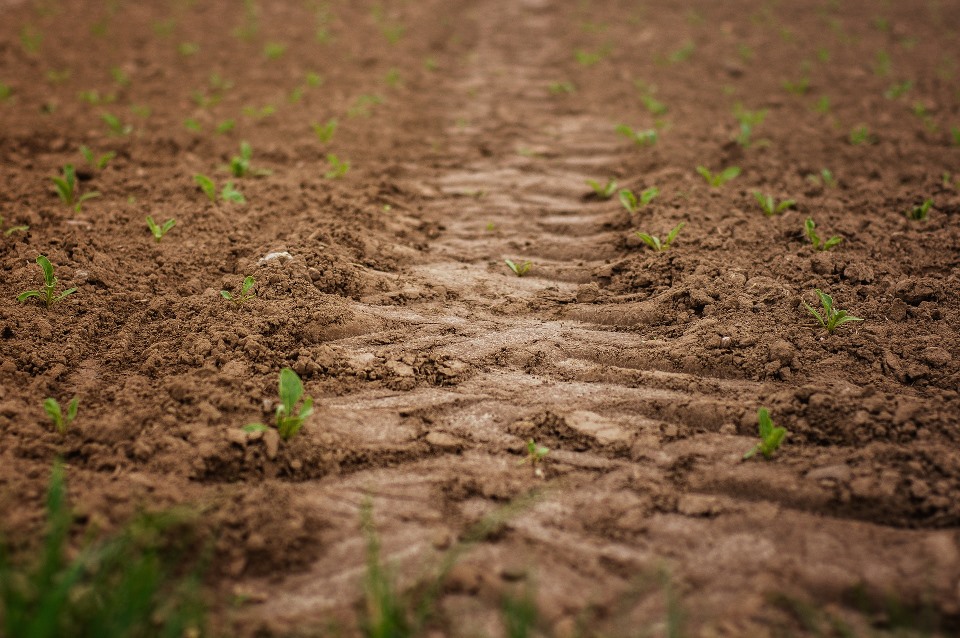Weeds – Oct 2019
17 October 2019In fields that are dry enough to travel, it is best to apply a pre-emergence herbicide to winter cereals before weeds germinate.
Where conditions are too wet and it is necessary to wait, weeds still may not have germinated due to cooler soil conditions, so once conditions improve it may still be possible to get the pre-emergence treatment on before weeds emerge. Once weeds have started to emerge, a higher dose is needed, and the weed spectrum is reduced. If grass weeds are an issue it is best if possible to get the herbicide on before the grass weeds emerge, especially in winter barley where there are limited post-emergence options.
Caution is needed if the seedbed isn’t ideal and the seed was not covered with a minimum of 2cm of soil – crop damage could result from the pre-emergence herbicide, especially if washed by heavy rain onto the chitting seed. Cloddy seedbeds will lead to poor results from residual herbicides especially at low water volumes. Good spray coverage is crucial to get optimum control of grass weeds – current advice is to significantly reduce forward speed, keep the boom at 50 cm, keep water volume at 200 l/ha and use drift reducing nozzles. This will help to achieve good coverage of the soil that is needed for grass weed control. Ideally, the soil should be moist as this further improves coverage and herbicide activity.
Take care when filling and cleaning the sprayer.
- Use 6m grass buffer strip, or 5m no-spray zone, beside water courses.
- Discuss cultivation and spray timing with your BASIS registered adviser.
- Manage soils and tramlines to avoid surface run-off or erosion.
- Do not apply when soils are cracked, dry or saturated.
- Do not apply propyzamide if heavy rainfall is expected within 48 hours of application.
How best to use the products
- Propyzamide works best when applied to cold moist soils, but this must be balanced with the need to protect water. Soils do not need to be completely saturated. Where practical, avoid use if drains are flowing or are likely to flow in the near future.
- Additional safeguards are needed in high-risk areas – see the Voluntary Initiative Water Advice Sheet
- Always check the label of pre-emergence herbicides for any soil texture or other restrictions.
More information about specific herbicides suited to your crop and conditions should be available from your regular agronomist or agricultural adviser.
Sign up to the FAS newsletter
Receive updates on news, events and publications from Scotland’s Farm Advisory Service

